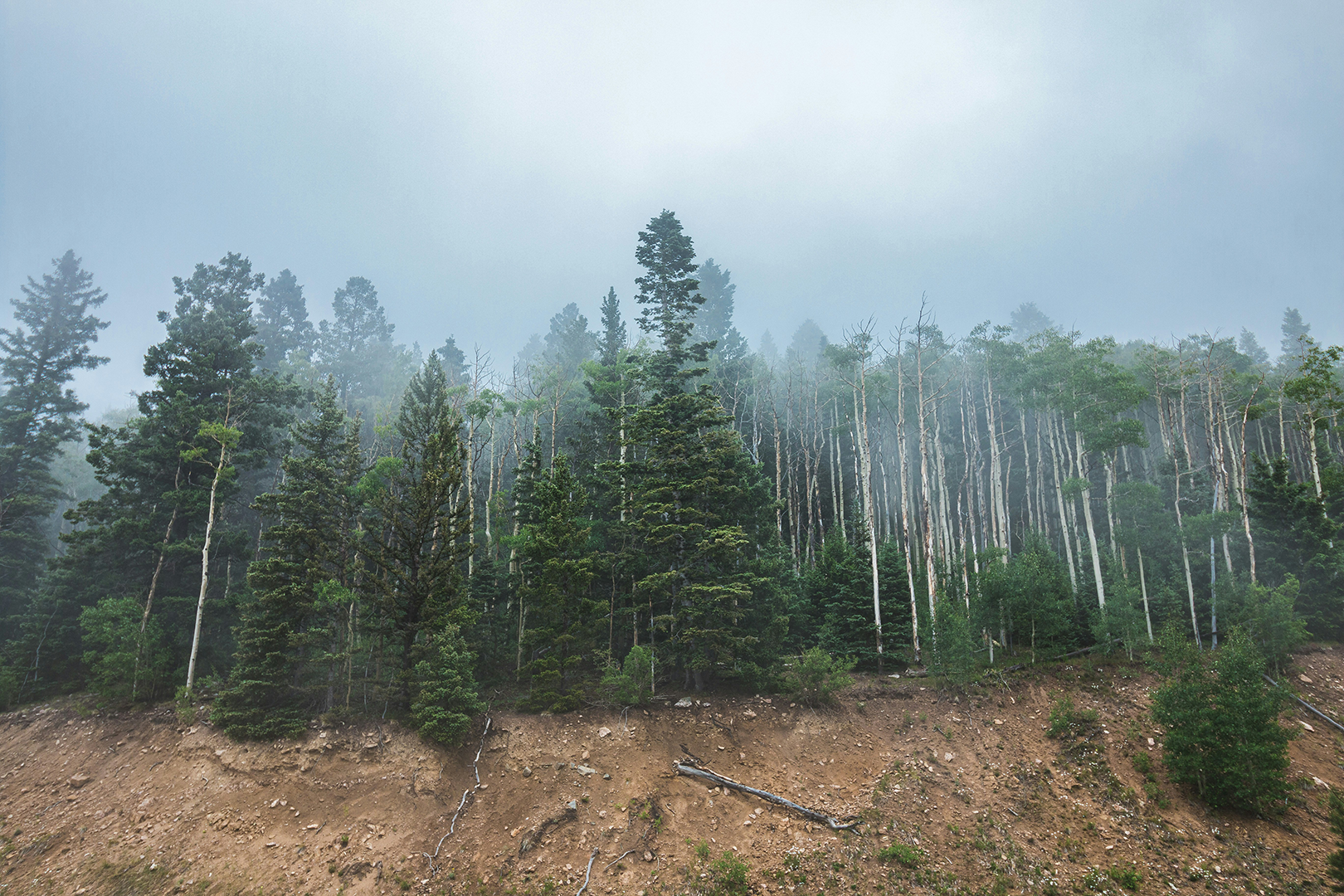
As our planet grapples with the repercussions of climate change, the importance of sustainable and natural solutions to environmental challenges becomes increasingly apparent. Among these challenges, erosion and landslides pose significant threats to both communities and ecosystems. However, a recent study published in Phys.org sheds light on a promising approach to mitigate these risks: native tree planting.
Native trees have long been recognized for their ability to stabilize soil and prevent erosion. Their extensive root systems bind soil particles together, effectively anchoring the earth in place and reducing the likelihood of erosion caused by wind and water. Additionally, the presence of trees enhances soil structure and promotes water infiltration, further reducing the risk of landslides.
The study highlighted in the article emphasizes the importance of prioritizing native tree species in reforestation efforts. While non-native species may offer some benefits, native trees have evolved alongside their respective ecosystems and are better suited to withstand local environmental conditions. By planting native trees, we can ensure the resilience and long-term health of our landscapes.
Furthermore, the benefits of native tree planting extend beyond erosion control. Trees play a crucial role in regulating local climates, providing habitat for wildlife, and enhancing overall biodiversity. By restoring native forests, we can create thriving ecosystems that support a wide range of plant and animal species.
Incorporating native tree planting into erosion and landslide prevention strategies requires a collaborative effort involving government agencies, conservation organizations, and local communities. Initiatives such as community tree planting events, reforestation projects in vulnerable areas, and the implementation of green infrastructure can all contribute to the restoration of natural landscapes and the mitigation of erosion and landslide risks.
It is essential to recognize that native tree planting is not a standalone solution but rather a part of a holistic approach to environmental conservation and disaster risk reduction. Other measures, such as sustainable land management practices, watershed management, and infrastructure improvements, must also be implemented to address the root causes of erosion and landslides effectively.
In conclusion, the findings of the study underscore the critical role of native trees in combating erosion and reducing landslide risks. By harnessing the power of nature and prioritizing the planting of native tree species, we can create more resilient landscapes, protect communities from environmental hazards, and safeguard the health of our planet for future generations.